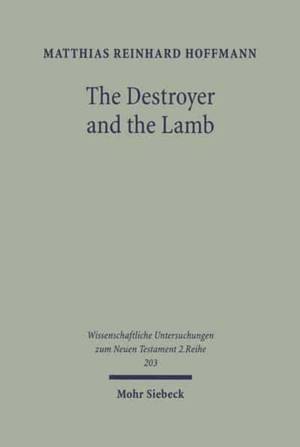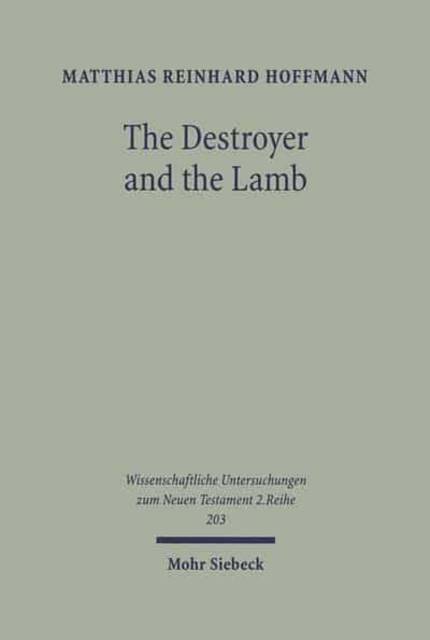
Je cadeautjes zeker op tijd in huis hebben voor de feestdagen? Kom langs in onze winkels en vind het perfecte geschenk!
- Afhalen na 1 uur in een winkel met voorraad
- Gratis thuislevering in België vanaf € 30
- Ruim aanbod met 7 miljoen producten
Je cadeautjes zeker op tijd in huis hebben voor de feestdagen? Kom langs in onze winkels en vind het perfecte geschenk!
- Afhalen na 1 uur in een winkel met voorraad
- Gratis thuislevering in België vanaf € 30
- Ruim aanbod met 7 miljoen producten
Zoeken
The Destroyer and the Lamb
The Relationship Between Angelomorphic and Lamb Christology in the Book of Revelation
Matthias Hoffmann
€ 114,95
+ 229 punten
Omschrijving
Matthias Reinhard Hoffmann identifies an angelomorphic portrait of Christ in certain passages of Revelation and provides possible reasons for the inclusion of an angelomorphic Christology: Angelomorphic Christology is not regarded as an isolated christological concept. In turn, the author compares angelomorphic Christology with the prominent Lamb Christology of Revelation. A comparison of these concepts reveals that both Lamb and angelomorphic Christology serve the purpose of contrasting different functions of Christ. The functions correspond with the implied perception of Christ by his followers on the one hand and his opponents on the other. Accordingly, Christ appears to be an eschatological juridical figure (described in angelomorphic patterns) to his opposition, while he is perceived as salvific redeemer (in form of the Lamb) by those who believe in him. Such a christological perspective draws on traditions from the Exodus narrative, namely the features of the Passover Lamb and the Destroying Angel. Further, equality between God and Christ is established despite an angelomorphic portrait of Christ: especially those passages describing Christ as the Lamb put him on par with God. But also within visions with an angelomorphic description of Christ, his status as superior to angels and as an equal to God is displayed.
Specificaties
Betrokkenen
- Auteur(s):
- Uitgeverij:
Inhoud
- Aantal bladzijden:
- 311
- Taal:
- Engels
- Reeks:
- Reeksnummer:
- nr. 203
Eigenschappen
- Productcode (EAN):
- 9783161487781
- Verschijningsdatum:
- 31/12/2005
- Uitvoering:
- Paperback
- Formaat:
- Trade paperback (VS)
- Afmetingen:
- 153 mm x 229 mm
- Gewicht:
- 511 g

Alleen bij Standaard Boekhandel
+ 229 punten op je klantenkaart van Standaard Boekhandel
Beoordelingen
We publiceren alleen reviews die voldoen aan de voorwaarden voor reviews. Bekijk onze voorwaarden voor reviews.









